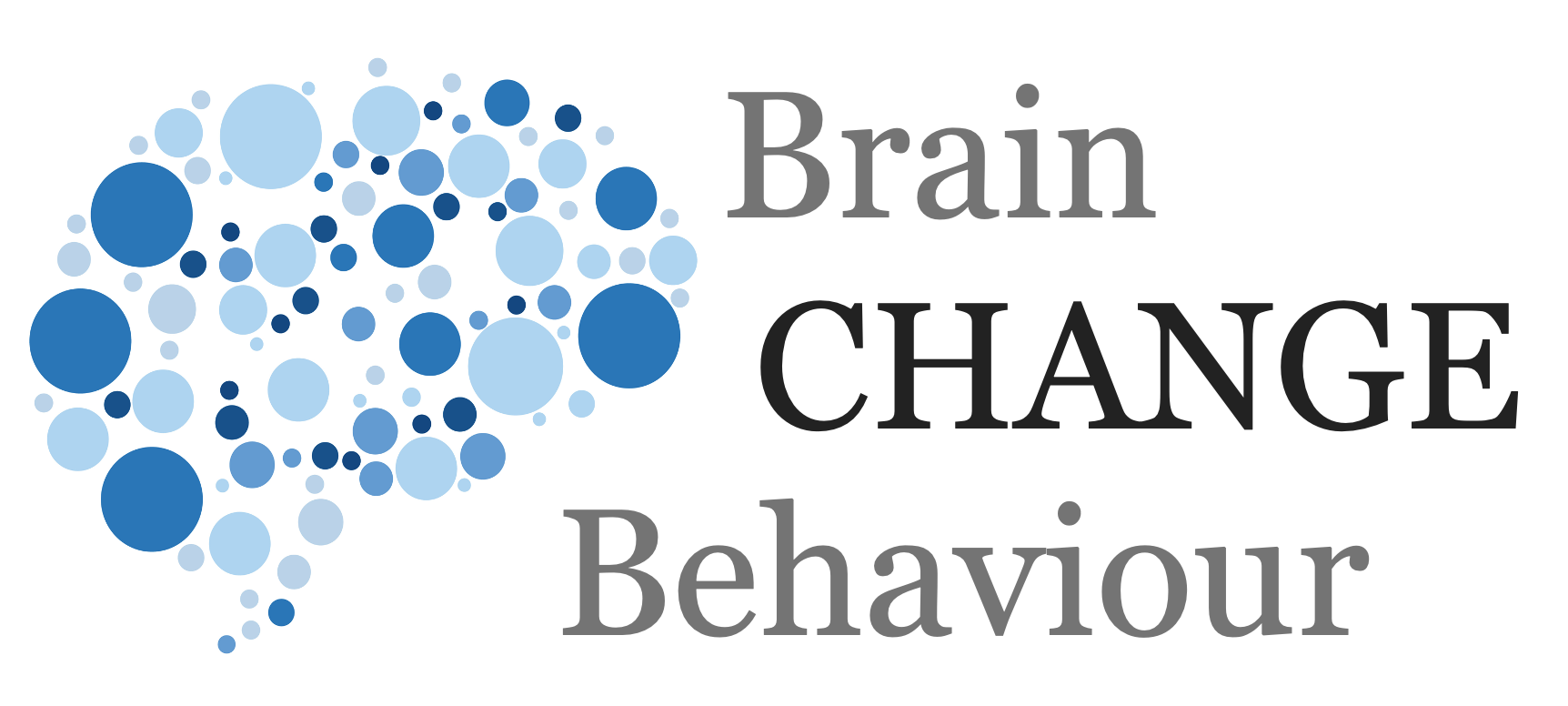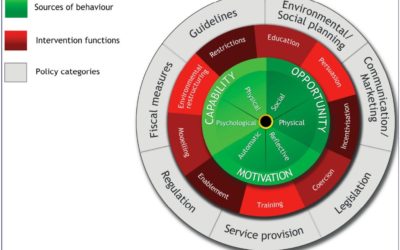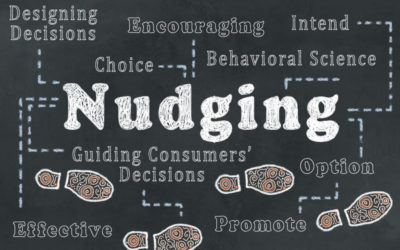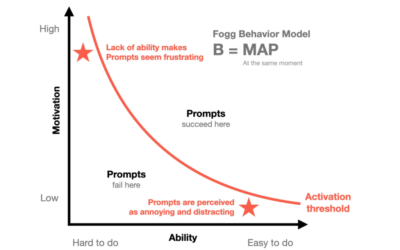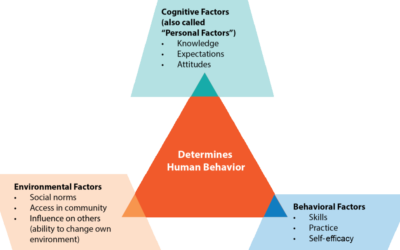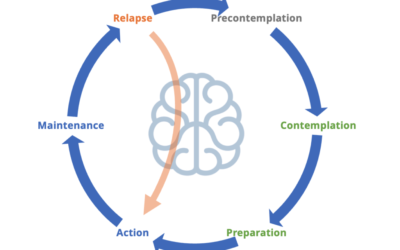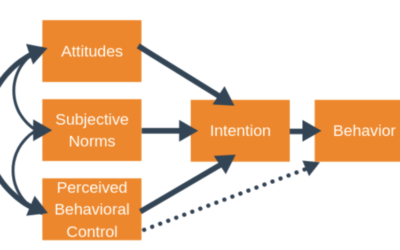,
When we get a good idea, we may know it is a good thing. And because we know it is a good thing we may then falsely assume – without really thinking this through – that everybody thinks this is a good thing.
Scaling ideas and getting people to use your product, do your thing, is dependent on how many people are attracted to this thing or idea. And as we know human beings are diverse people in diverse environments (that is the representativeness of the situation problem).
This could vary along many dimensions: Personality, age, race, personal interests, previous experiences. They may even be things you haven’t even thought about. John A. List talks about being part of a team designing a preschool curriculum to help underprivileged kids get up to speed and increase their opportunities. Parental support was a key to this programme. What they noticed was that this programme worked well with Hispanic families better than for white or black ones. Sounds a bit strange – were Hispanic parents more caring or involved than white or black parents? No. But Hispanic families were more likely to live in multigenerational households and therefore the grandparents could also give the additional support.
This, however, means that scaling this programme would not work very well with some parts of the population.
In business this means that you need to know who you are trying to change, or scale an idea, or behaviour to, and also to whom it works or doesn’t. In business what is noticeable, in comparison to many governments, is that when setting about a new process or idea or change programme there is very little data collected on the who. This should, and could, for example, include personality traits, and multiple other factors.
In marketing this is a common practice, creating profiles of ideal or potential customers, but this is far less common in internal change initiatives.
Simple Takeaways
-
- Understand who will likely change / or not
- Collect data on multiple levels such as personality, age, culture
- Rather than trying to change a large diverse population aim to change/target specific groups (and move from group to group)
© leading brains 2022
Reference
More Articles
The Nine Interventions
There have been multiple models of behaviour and behavioural change proposed over the years. These have taken different viewpoints of behaviour.
Two Types of Willpower
Will power can be different things – but not according to us everyday folk…
Mask-Wearing Makes You Better Behaved
This is a fascinating study that shows that wearing masks changes behaviour in subtle but important ways…
Behavioural Change Theories
There have been multiple models of behaviour and behavioural change proposed over the years. These have taken different viewpoints of behaviour.
Behavioural Change Wheel
The Behaviour Change Wheel is the result of a systematic review of change models, frameworks, and theories, followed by the subsequent realisation that they were not aligned and describing different things.
Nudge
A nudge in everyday language is a gentle push. Something that is none aggressive but significant enough to be noticed and often triggers a behaviour…
B-MAT
The B-MAT model is similar to the COM-B model included in the Behavioural Change Wheel which aims to explain behaviour and its antecedents and therefore aim to guide behavioural change attempts
Social Cognitive Theory
Social Cognitive Theory by famed psychologist Bandura is grounded, as the name suggests, in social contexts saying that behaviour is driven by the triad of behaviour, personal, and environmental factors
The 6 Stages of Behavioural Change
The 6 stages of change model is also known as the transtheoretical model and focuses on the steps of change. This has focused on changing individual’s behaviour to a new healthier behaviour.
Theory of Planned Behaviour
he theory of planned behaviour is a psychological theory proposed by Icek Ajzen that links beliefs to behaviour. This builds on the theory of reasoned action
